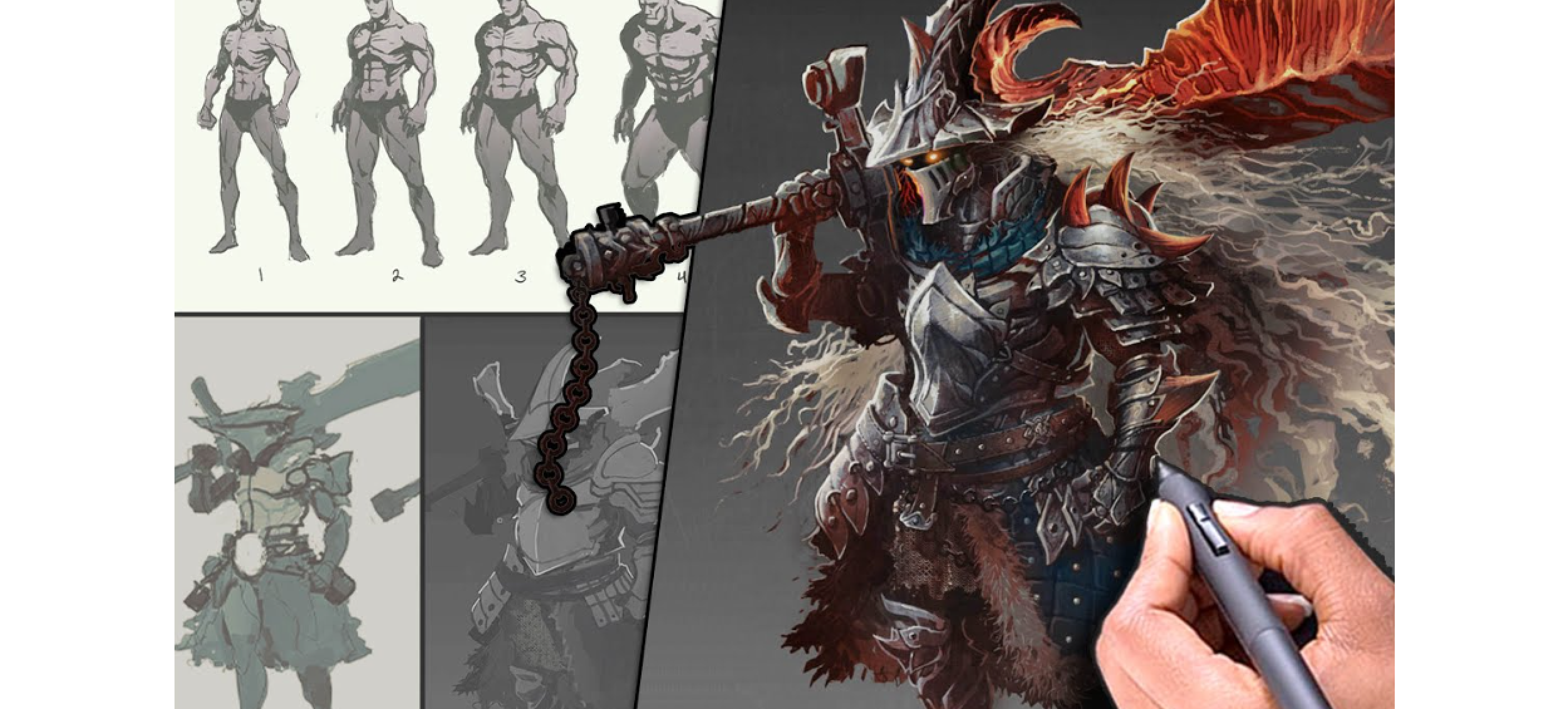In gaming, no masterpiece is complete without 3D objects. Consequently, prop and environment artists are at the forefront of game creation.
Just envision the thrill fans experience when beholding iconic figures like R2-D2 from Star Wars, Lara Croft, or the meticulously crafted environments in titles like RDR2. All these are achievable through 3D modeling, broken down into five simple steps. It’s worth noting that modern 3D modeling isn’t merely an outlet for creativity; it’s a technology accessible to all, and that’s precisely what we’re delving into.
Why is 3D modeling technology so important?
The pinnacle of 3D models and environments isn’t solely attained by the elite; it’s the result of artists who harness the power of technology. It means that you do not need to earn your status or try to promote your name to notice your professionalism. It requires consistently following a structured approach to creating characters or environments encapsulated in these five steps.
3D Modelling: 5 Steps to Create Them All
Below, we look at the stages of 3D Modeling that the modern artist needs to know to blend in perfectly at any stage of creating gaming assets.
Step 1: Concept Art Creation
The 3D artist begins crafting “sketches” of their forthcoming character, environment, or other models at this stage. These sketches serve to assemble a general image of the future model.

- Thumbnails: These are quick sketches providing a basic idea of the concept. They are a rapid visualization tool for exploring multiple ideas, prioritizing overall form and composition over intricate details.
- Initial Line Drawings: Designers progress to initial line drawings after selecting a few thumbnails. These sketches offer more detail, outlining the object’s shape and form. During this stage, artists refine the object’s appearance, ensuring its design aligns with the concept.
- Final Concept Art: At this stage, the final conceptual visual is crafted. It’s a detailed and colored representation of the object, focusing on finer elements such as texture, color, and lighting.
Consolidating all the distinctive features of the character and essential elements of the environment during this stage is crucial to achieving the perfect final image.
Step 2: Sculpting and Modeling
Once the concept art is finalized, the actual 3D modeling creation process begins. There are two primary methods to achieve this: poly-modeling and sculpting.

In practice, 3D models often employ a combination of these two approaches. Poly-modeling is used to create a basic form, and sculpting adds more subtle details.
Once the model sculpting is complete, the next step is to set up UV mapping. UV mapping involves taking the 3D model and creating a 2D representation. It’s akin to unfolding a cube so that all the faces lay flat on a table.

Step 3: Texturing
The subsequent stage involves adding textures once the model is prepared and UV mapped. This step enhances the model with additional surface details and colors to bring it to completion. Texturing entails applying various layers and adjusting effect values to achieve the desired result, often requiring meticulous fine-tuning.
Step 4: Rigging and Animating (Optional)
The model is fully assembled at this juncture. However, if you intend to animate your model, you must rig it. Rigging can be likened to adding a skeleton to your model. The more intricate the rig, the greater control you’ll have over its movements.
After rigging is completed, animations for the model can be created. Animation can be accomplished through motion capture or keyframe animation techniques.
Step 5: Rendering
The concluding phase of the 3D modeling process is rendering. Rendering transforms the 3D model into a 2D image or animation. It involves calculating the interactions of light and materials to produce a photorealistic image.

Conclusion
In the preceding text, we’ve explored 3D Modeling as a multifaceted process that demands technical expertise and artistic vision. Every stage is pivotal to achieving the desired outcome. Understanding these steps provides valuable insights for aspiring artists, animators, and modelers looking to incorporate 3D visual effects into their work. It appeals to anyone captivated by the intriguing realm of 3D Modeling.
Creating a 3D model involves creativity and precision, with each step contributing to realizing the initial idea. As AR and VR technologies advance, the demand for 3D modeling skills will inevitably increase, making it a vital skill across various industries.
